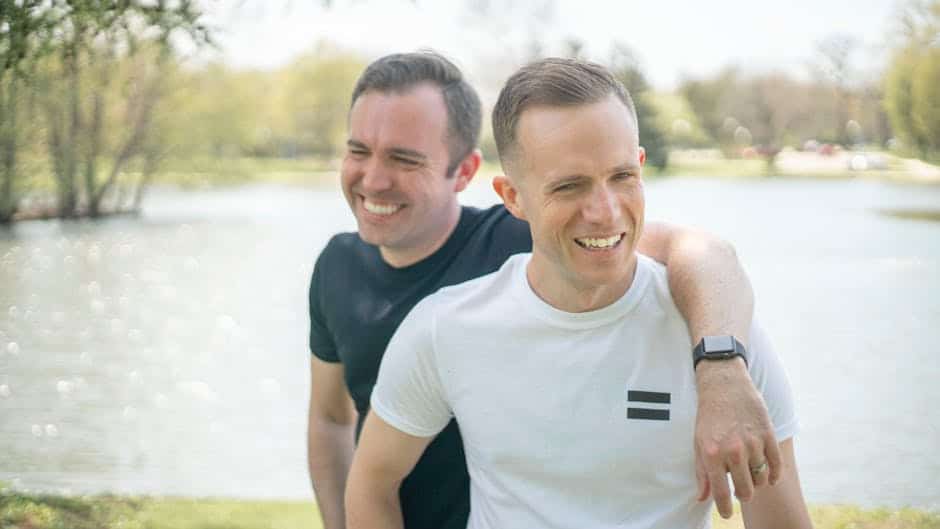The Influence of Chicago’s 1960s Protests on Modern Movements
The 1960s were a time of significant upheaval and transformation across the United States, and Chicago was no exception. The city became a focal point for protests and activism that have left a lasting impact on modern social movements. From civil rights to anti-war demonstrations, the echoes of Chicago’s 1960s protests are still felt today, influencing strategies, rhetoric, and the spirit of contemporary activism.
Table of Contents
1. Introduction
2. The Historical Context of Chicago’s 1960s Protests
3. Key Protests and Their Impact
4. The Legacy of Chicago’s Activism
5. How Modern Movements Reflect Past Struggles
6. Conclusion
7. FAQs
The Historical Context of Chicago’s 1960s Protests
Chicago in the 1960s was a microcosm of the broader struggles occurring across America. The civil rights movement, the Vietnam War, and the rise of counterculture shaped the city’s social and political landscape. Chicago was not only a hub for economic activity but also a stage for critical social change. The city’s diverse population, combined with its strategic importance, made it a natural battleground for activists seeking to challenge the status quo.
Key Protests and Their Impact
Several key protests in Chicago during the 1960s had a profound impact on the city and the nation. The 1968 Democratic National Convention protests are perhaps the most famous, where thousands gathered to protest the Vietnam War. The clashes between protesters and police were broadcast nationwide, highlighting the deep societal divisions and the lengths to which authorities would go to suppress dissent. ✊
Another significant movement was the Chicago Freedom Movement led by Dr. Martin Luther King Jr. in 1966. This campaign aimed to tackle the systemic racism and segregation prevalent in Chicago, focusing on fair housing and equal employment opportunities. The impact of these efforts laid the groundwork for future civil rights advancements.
The Legacy of Chicago’s Activism
The activism of the 1960s in Chicago left an enduring legacy. It demonstrated the power of grassroots organizing and the importance of media in shaping public perception. The strategies developed during this time, such as nonviolent resistance and coalition-building, continue to be essential tools for activists today.
Moreover, the 1960s protests in Chicago highlighted the role of young people in driving social change. Many of the protestors were college students and young adults, passionate about creating a more just and equitable society. This youthful energy continues to be a hallmark of modern movements, from climate strikes to racial justice campaigns.
How Modern Movements Reflect Past Struggles
Modern movements such as Black Lives Matter and the Women’s March echo the struggles and successes of Chicago’s 1960s protests. These contemporary movements have adopted many of the tactics used by their predecessors, including mass mobilizations, strategic use of media, and a focus on intersectionality.
The digital age has amplified these efforts, allowing activists to organize and spread their message faster and more efficiently. However, the core principles remain the same: a commitment to justice, equality, and the belief that collective action can bring about meaningful change. 🌍
Conclusion
The influence of Chicago’s 1960s protests on modern movements is undeniable. The lessons learned from the past continue to inspire new generations of activists who are fighting for a better future. By understanding the legacy of these protests, we can appreciate the continuity of the struggle for social justice and the enduring power of the human spirit to demand change.
FAQs
Q: What was the most significant protest in Chicago during the 1960s?
A: The 1968 Democratic National Convention protests were among the most significant, highlighting the opposition to the Vietnam War and drawing national attention to the protest movement.
Q: How did the Chicago Freedom Movement impact civil rights?
A: The Chicago Freedom Movement, led by Dr. Martin Luther King Jr., focused on economic justice and housing equality, setting the stage for future civil rights advancements.
Q: What tactics from the 1960s protests are used in modern movements?
A: Modern movements often use tactics such as nonviolent resistance, coalition-building, and strategic media engagement, many of which were honed during the 1960s protests in Chicago.
Q: How do modern movements differ from those in the 1960s?
A: While the core principles remain similar, modern movements benefit from digital technology, which allows for faster organization and broader reach.


